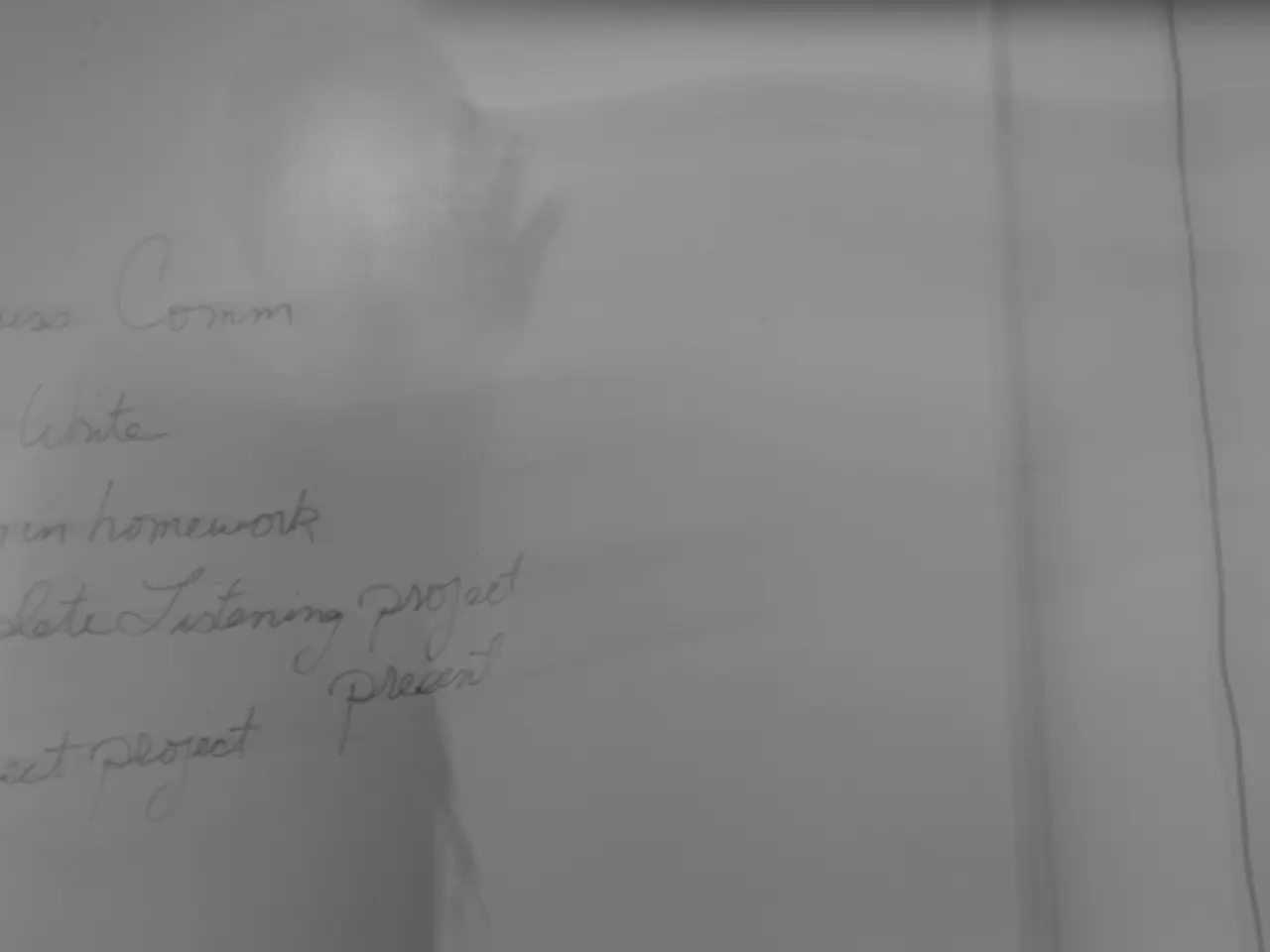Index of Concentration (Herfindahl-Hirschman): Definition, Calculation Method, Advantages, and Disadvantages
Getting to the Core: Herfindahl-Hirschman Index Decoded
The Herfindahl-Hirschman Index (HHI) is a nifty tool that measures market concentration. It puts the spotlight on competition within an industry by adding up the squared market shares of each player in the game. It's a handy alternative to the n-firm concentration ratio.
HHI is a versatile player in the world of industry analysis and regulation. Analysts use it to dissect market structure, and regulators rely on it to gauge market concentration and scrutinize mergers. For instance, imagine two companies teaming up – will this merger give them an unfair advantage that could lead to antitrust issues? The HHI comes to the rescue, helping us decide.
Calculating the HHI: A Breeze or a Zephyr?
Crunching the HHI numbers is child's play, as long as market share data is at your fingertips. Simply square each company's market share, add the results, and you're good to go!
The HHI formula is straightforward:
The HHI ranges from 0 to 10,000, influenced by the number of companies and their market shares. An HHI of 10,000 represents a monopoly: one company holds the entire market share. On the opposite end of the spectrum, HHI values approaching 0 signal perfect competition, where no firm dominates.
Example HHI Calculation: Scoring the Market
Let's run the numbers for our industry data:
HHI = 30%² + 20%² + 15%² + 12%² + 8%² + 7%² + 3%² = 2,064
The HHI: The Magnifying Glass for Market Competition
When the HHI shoots up, it's a sign that some players seem to be running the show, although not always the case. Look deeper into the distribution of each company's market share to get a clearer picture.
Generally, a growing HHI indicates decreasing competition and increasing market power. One company may be gobbling up its competitors' market share, or perhaps two companies are teaming up in a horizontal merger.
Regulators pay close attention to mergers, especially when they cause the HHI to skyrocket by over 100 points in a concentrated market. A high HHI (over 2,500) suggests a highly concentrated market, where a few players have significant market power, with less competition to keep them on their toes. If the HHI is below 1,500, the market is considered unconcentrated or competitive.
The HHI: Pros and Cons – A Mixed Bag
The HHI is a goldmine for understanding competition within an industry. It sheds light on the distribution of market share and gives more weight to larger players. However, it's not all sunshine and rainbows.
The HHI has its fair share of drawbacks, such as:
- Newcomers Not Accounted For: The HHI, much like the n-firm concentration ratio, only examines the market power of existing companies. If the barriers to entry are low, the market power of established players may not be so relevant in the face of new competition.
- Data Collection Challenges: Gathering precise market share data for every single company can prove to be a daunting task. If you can't find the market share for several companies, you might categorize them as "other," leading to inaccurate conclusions, especially if the "other" category accounts for a significant share of the market.
- Sensitive to Market Definitions: The value of the HHI is highly dependent on the market definition you choose. For example, consider ten companies, each with a 10% market share. By using the formula mentioned above, the market appears highly competitive. However, one company may have a dominant market share in a specific product segment, or even geographical region.
- Ignoring Differentiators: The HHI considers market share based on production volume. When you switch to revenue value, you get a different number because revenue is influenced by individual pricing strategies and market differentiation. Revenue-based HHI may produce different results, depending on the product or service.
Market Definition Dilemmas
The HHI value relies on how you define market share. For example, if ten companies each have a 10% market share, you might be quick to declare a highly competitive market. However, if one company has a monopoly in a specific product segment or region, it contradicts the initial conclusions drawn from the HHI calculation.
Moreover, if companies target different geographies, you might find yourself comparing apples to oranges. For instance, two companies with a combined 50% market share might appear to be in a relatively loose market. But, if one company targets the foreign market while the other tackles the domestic market, the competition looks a bit different.
Explore Further
- Price Ceilings: What They Are, Their Effects, Advantages, and Disadvantages
- Perfect Competition: Characteristics and Implications
- Cartels: Goals, Examples, Characteristics, Effects, and Reasons for Failure
- Market Failure: Types, Effects, and Solutions
- Collusion: Meaning, Influencing Factors, Types, Pros and Cons
- Strategic Entry Barriers: Concepts, Types, and Examples
- Ease of Entry: Meaning, Impacts, and Determinants
- Social Cost in Economics: Definition, Components, Formulas, and Effects
- Competitive Markets: Characteristics and Examples
In the realm of industry analysis, the Herfindahl-Hirschman Index (HHI) is leveraged to evaluate business competition and gauge market concentration, providing insight into market structures and potential antitrust issues.
Analysts and regulators alike rely on the HHI to scrutinize mergers, as an increasing HHI can indicate decreasing competition and enhanced market power, illustrating a highly concentrated market with a few dominant players. However, obtaining accurate and detailed market share data can pose challenges, and the HHI may overlook new entrants, differing market definitions, and product segmentation in its calculations.







